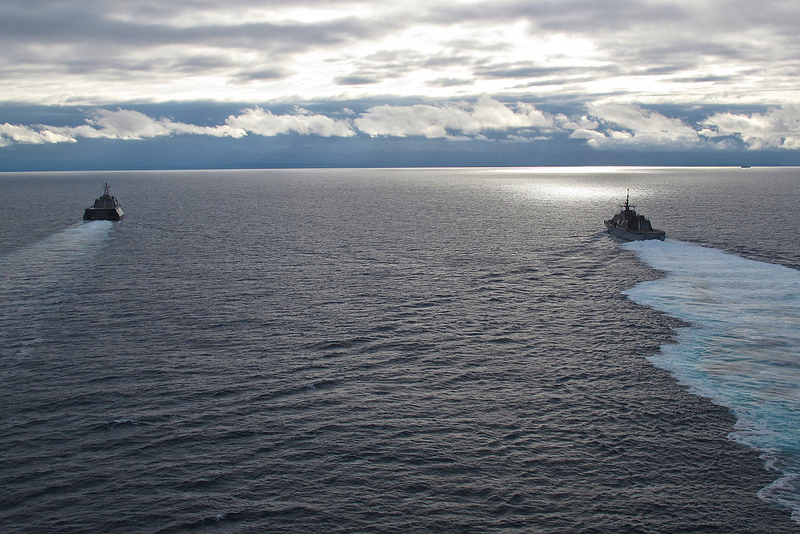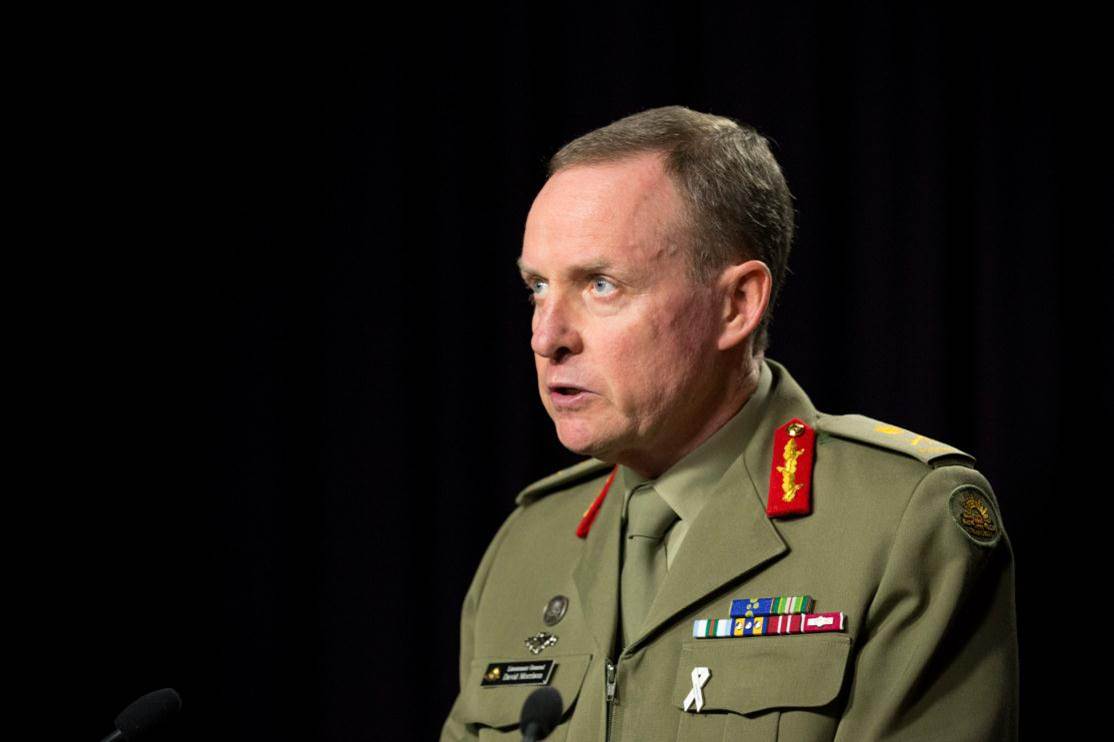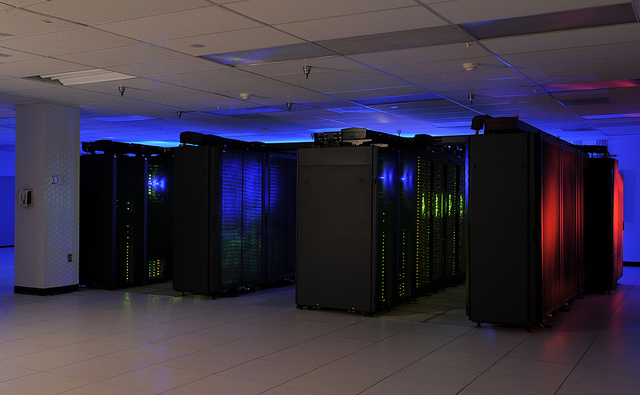Why an amphibious capability? (part 1)
 Nic Stuart made a straightforward point last Wednesday: if you want an amphibious capability, make your case. I do, so I will. But at least there has been plenty of debate. By a rough count there are a dozen or more posts on The Strategist that have looked at the ADF’s emerging amphibious capability, starting off with two post that I made back in December 2012 (here) and January 2013 (here). I won’t reiterate the points I made in those posts, but I will suggest that those interested in the ADF and amphibious operations should read John Blaxland’s new piece in the latest Security Challenges, and take a close look at the role of the ADF’s amphibious capabilities in operations over the last few decades, in particular in East Timor and the Solomon Islands.
Nic Stuart made a straightforward point last Wednesday: if you want an amphibious capability, make your case. I do, so I will. But at least there has been plenty of debate. By a rough count there are a dozen or more posts on The Strategist that have looked at the ADF’s emerging amphibious capability, starting off with two post that I made back in December 2012 (here) and January 2013 (here). I won’t reiterate the points I made in those posts, but I will suggest that those interested in the ADF and amphibious operations should read John Blaxland’s new piece in the latest Security Challenges, and take a close look at the role of the ADF’s amphibious capabilities in operations over the last few decades, in particular in East Timor and the Solomon Islands.







